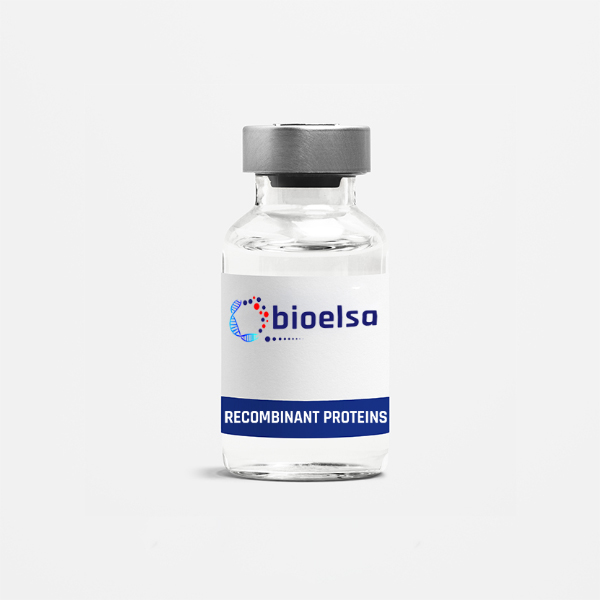| Gene ID |
8074 |
| Accession | Q9GZV9 |
| Alternative Name | FGF-23, Phosphatonin, Tumor-derived hypophosphatemia-inducing factor, HYPF<br/>Recombinant Human Fibroblast Growth Factor 23 (FGF23) |
| Species | Human |
| Source | E. coli |
| Description | FGF-23 is a protein of ?30 kDa that is proteolytically processed to generate smaller N-terminal (18 kDa) and C-terminal (12 kDa) fragments. The N-terminal fragment of FGF-23 contains the FGF receptor (FGFR)-binding domain. In vivo studies using synthetic peptides have indicated that neither of the processed N-terminal or C-terminal fragments of FGF-23 can influence serum phosphate levels. FGF-23 can decrease the activity of NaPi-2a and NaPi-2c cotransporters to reduce renal phosphate reabsorption and thereby can increase urinary phosphate excretion. Similarly, FGF-23 can suppress the expression of 1-alpha-hydroxylase to reduce the production of the active vitamin D metabolite 1,25(OH)2D. Moreover, FGF-23 can also induce 24- hydroxylase, which degrades 1,25(OH)2D |
| Accession | Q9GZV9 |
| Functions | The ED(50) was determined by the dose-dependent proliferation of mouse 3T3 cells expressing FGF receptors, and was found to be < 0.3 ug/mL, corresponding to a specific activity of 3.0 x 10^4 units/mg. |
| Formulation | Recombinant Human FGF23 was lyophilized from 0.2 ?m filtered PBS solution, pH 7.4. |
| Solubility | A quick spin of the vial followed by reconstitution in distilled water to a concentration not less than 0.1 mg/mL. This solution can then be diluted into other buffers. |
| Appearance | Lyophilized Powder |
| Molecular Weight | 23 |
| Purity | >95% as determined by SDS-PAGE |
| Concentration | <1.0 EU/μg of recombinant protein as determined by the LAL method. |
| Shipping Condition | Ambient Temperature |
| Storage Condition | The lyophilized protein is stable for at least one year from date of receipt at -70?C. Upon reconstitution, this cytokine can be stored in working aliquots at 2? - 8?C for one month, or at -20?C for six months, with a carrier protein without detectable loss of activity. Avoid repeated freeze/thaw cycles. |
